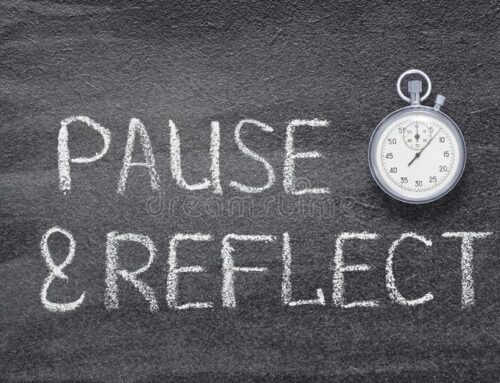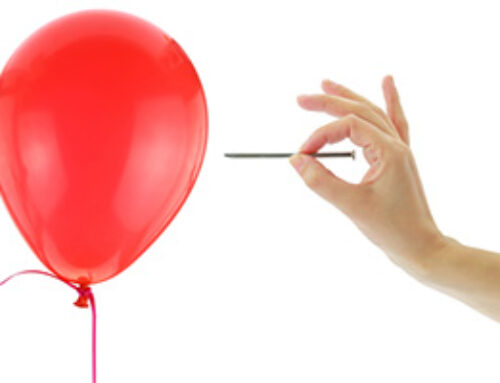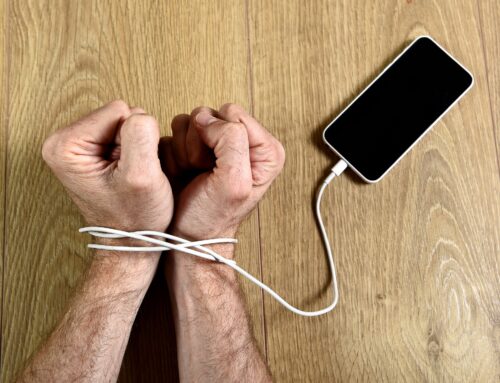How To Be Less Anxious-Part 2: The Power of Exposure
November 14, 2017
Categories: Anxiety
This post is Part 2 in a 3-part blog series on how to be less anxious. (If you missed the first post, you can find it here.)
In the previous post, I talked about the root of anxiety, which is fear. I also talked about the natural tendency to avoid or escape the thing we are afraid of, and how that response actually reinforces our fear.
In this post, I’m going to talk about a key idea for combating anxiety and fear. It’s something called exposure.
Exposure
The basic idea of exposure is that you put yourself in close proximity to the thing you are afraid of. You might feel like you want to run away, but instead you stay put and see what happens. The terrible consequence you are afraid of doesn’t happen. Little by little the fear response is extinguished, and you become less anxious.
Let me unpack that a bit. When you are anxious about something, you have made a connection in your brain between the thing you are anxious about (e.g., airplane) and some terrible consequence (e.g., plane crash and dying). The connection is so strong, you feel anxiety when you even think about boarding an airplane. The fear keeps you away from planes, which in your mind keeps you safe. But as we have talked about, the fear connection gets stronger every time you avoid the airplane.
Exposure works to break the fear connection in your brain. With exposure, you put yourself in a situation where you encounter the thing you are anxious about (e.g., airplane), but then you stay put. You feel scared and uncomfortable, but you still stay where you are at, and fully experience your anxious feelings. As you continue staying put, the feared consequence doesn’t happen (e.g., the plane doesn’t crash and you don’t die). Now you have some new information. At least one time, you got on a plane, and it didn’t crash. Now the connection between airplanes and crashing/dying breaks apart a little bit in your brain. Do this 100 times, and you will be flying like a champion.
Exposure is Counterintuitive
Exposure is counterintuitive. When you are afraid of something, everything in your body and brain is telling you to RUN AWAY!! But exposure says no, stay put. Stick with the anxious feelings, over and over again.
Exposure is Uncomfortable
Exposure is uncomfortable and difficult. It’s hard to actually approach the thing you are afraid of on purpose, over and over again. This is a big part of why anxiety is so difficult to conquer. You have to expose yourself to the thing you are afraid of over and over again, until the fear connection goes away. This is not a fun experience. But it works.
Systematic Desensitization
There are two main types of exposure. First, there is systematic desensitization. In systematic desensitization, you create a fear hierarchy from 1-10. For #1, you write down something related to your fear, but something relatively easy. Continuing the plane example, you might write “Look at a picture of a plane in a magazine.”
Then for #2, you write down something else related to your fear, that’s a bit more difficult than #1. For example, you might write “Watch a movie about planes.”
Then you work up from there. For example, #5 might be to visit an airport and watch the planes take off. #8 might be to board a plane and sit down in a seat (but not fly). #10 is the ultimate goal (e.g., board a plane and fly somewhere).
After you have created your fear hierarchy, you start with #1. You expose yourself to #1 and see what comes up for you. You practice relaxation and deep breathing so you have some coping skills to deal with your anxious feelings. You practice with #1 every day for a week or two, until you feel ready to go on to #2. Then you do the same thing with #2, #3, and so on, until you get to #10 and have reached your goal.
Flooding
The second type of exposure is flooding. In flooding, you prepare by developing a strong set of coping skills like relaxation and deep breathing (similar to the ones you used in systematic desensitization). Then you go straight to #10 and rip off the band-aid. It can help to have a friend or coach with you who can help you through the anxiety that comes up for you. Engage in #10 several times without escaping, and your anxiety and fear will decrease.
Both systematic desensitization and flooding have research supporting their effectiveness. Flooding is a bit more effective than systematic desensitization, and it’s faster. The downside to flooding is that it can be very uncomfortable, because you aren’t working on your fears little by little. So if you feel like engaging in your #10 right off the bat would be impossible, systematic desensitization might be the approach for you.
Take Home Points: If you want to reduce your anxiety and fear, exposure is key. You have to put yourself in proximity of the thing you are afraid of, and then stay put. Do this over and over again, and the fear connection in your brain will be broken. The two main types of exposure therapy are systematic desensitization and flooding.

Related Thoughts
No Comments
Leave A Comment

Subscribe To My Newsletter
Join my mailing list to receive the latest blog posts.
Receive my e-book “The Mental Health Toolkit” for free when you subscribe.






[…] outside of where you are comfortable. A great example of this is a therapy technique called systematic desensitization, which is used to conquer fears. Let’s say you are afraid of public speaking. When you start […]